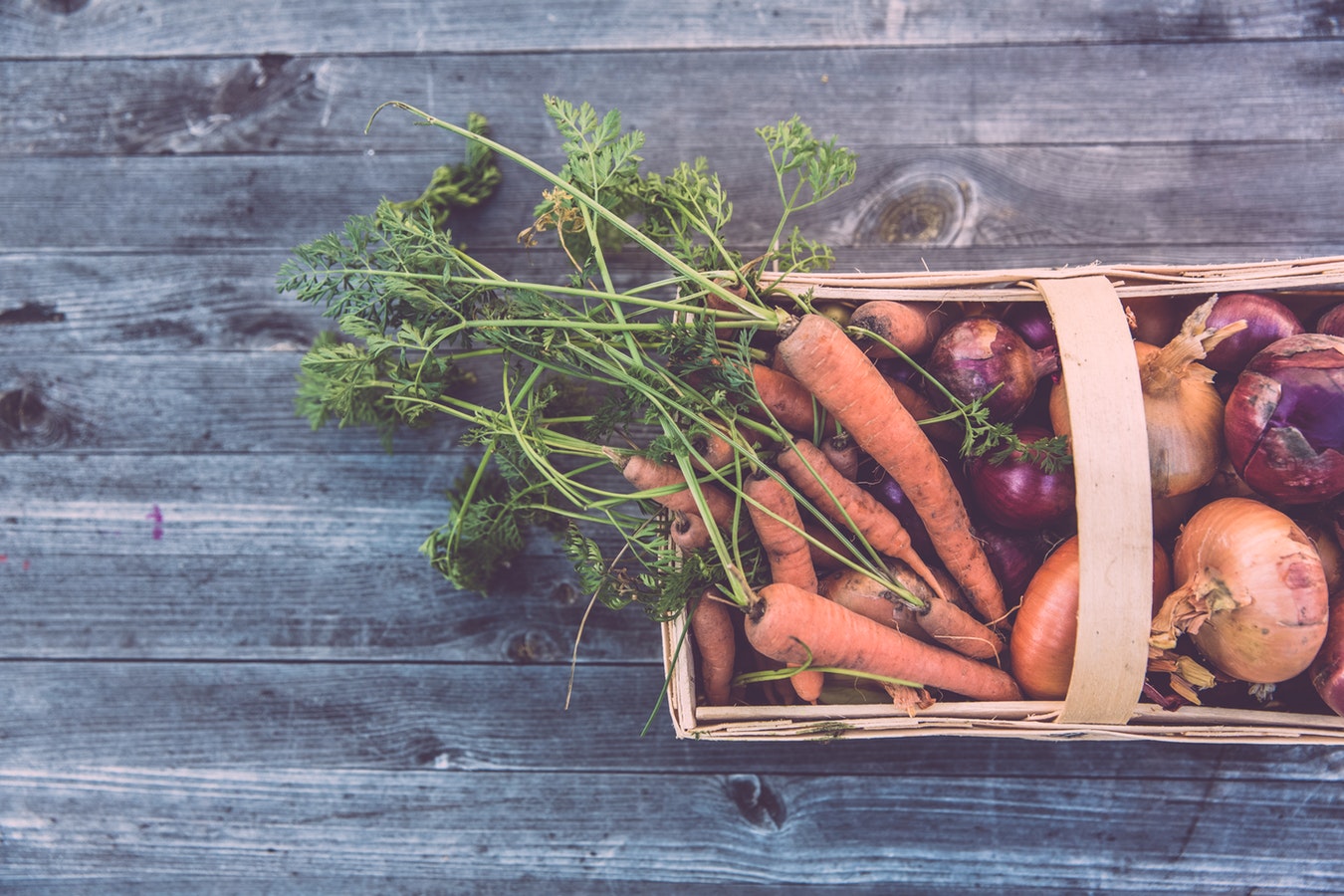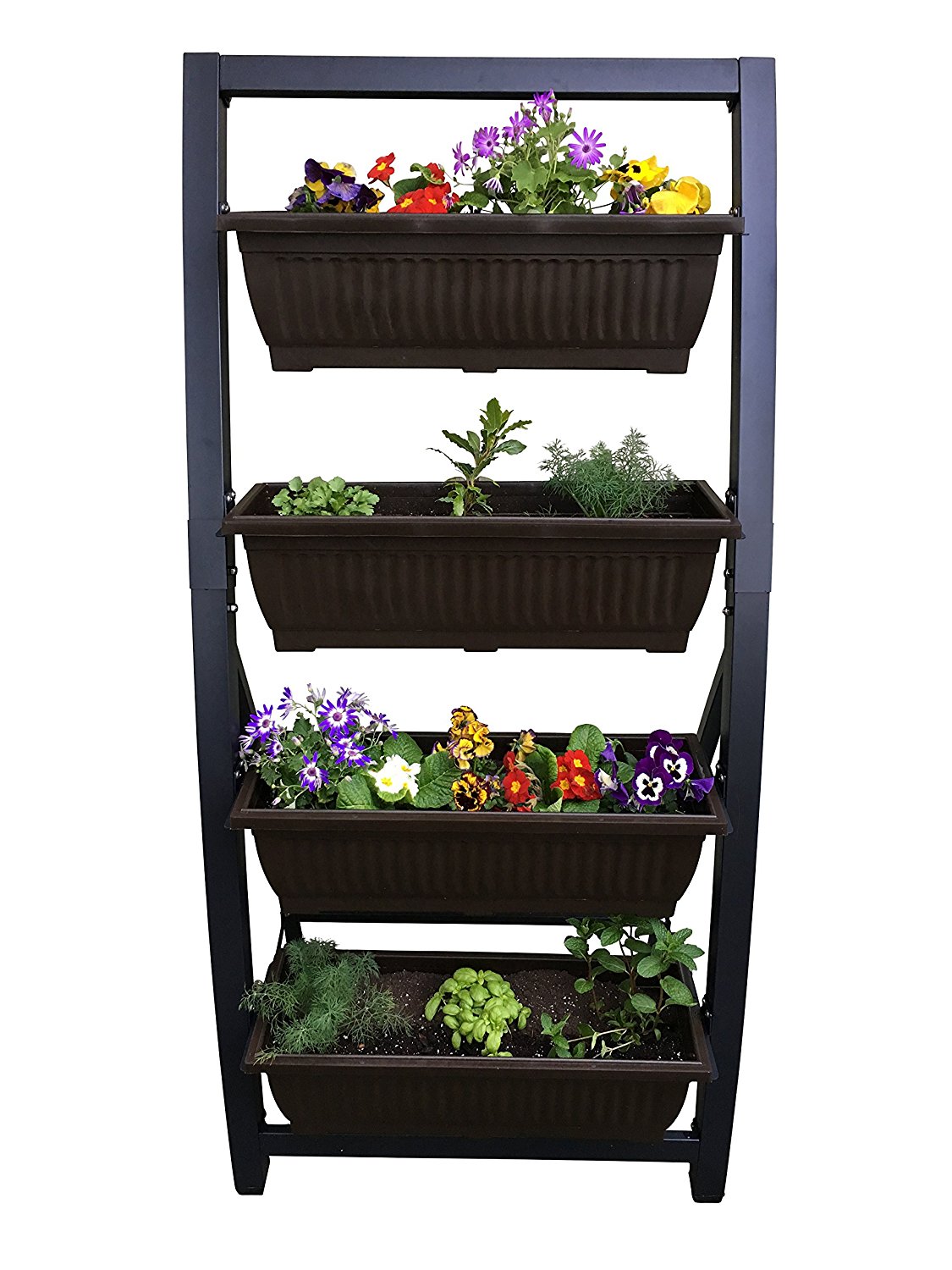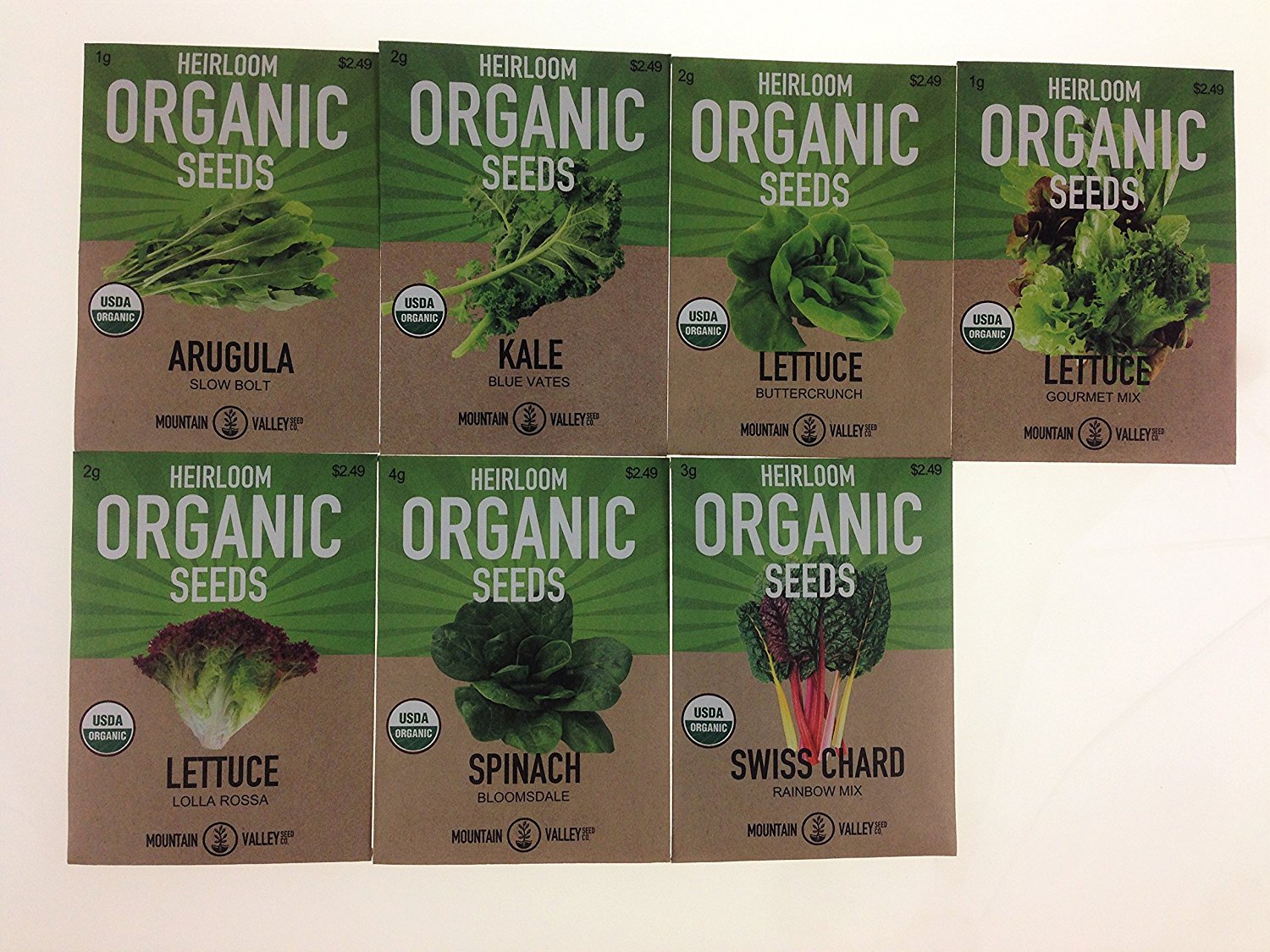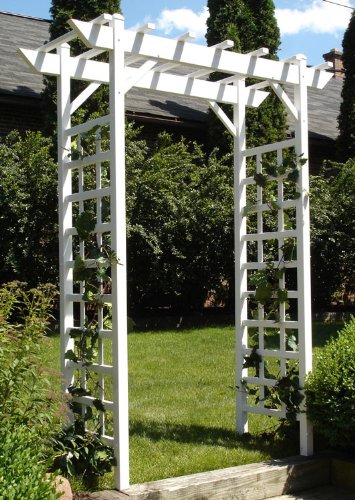Backyard Mamma is pleased to welcome Ron Wolf as a guest blogger. Ron Wolf is studying to become a civil engineer by day and enjoys blogging by night. His first contact with construction and home improvement was when he worked with his father during summer breaks at his construction company in Australia. And since his mother was a landscape artist he got the whole package.
Nutrient-rich fruits, vegetables, and herbs act as medicine for our bodies when they become a normal part of our eating habits. That’s why they’re called superfoods. Marketing campaigns of the food industry would have you believe that superfoods carry archaic roots and mysticism but it really doesn’t have to be that way. There are common superfoods that you can grow in your own backyard, no less powerful than any new exotic berry that’s getting all the attention. Better yet, by taking it upon yourself to grow and harvest your own produce, you have full control of its quality, as well as independence from our increasingly questionable agriculture system. And now that spring is here, you can get planting with these ideas.
 Kale
Kale
It’s no marketing gimmick that holds responsibility for kale’s status as a nutritional superstar. Packed with antioxidants, this leafy green is also known to lower cholesterol and, being so high in vitamin K, it’s one of the foods most beneficial to maintaining bone health.
Kale is a hardy plant, requiring very little maintenance, but it tolerates frost better than heat – at high temperatures, it will still grow well but it will be more bitter. It is easy to grow from seed and best planted in early spring. In about 4 weeks after planting, you can already have baby leaves to use in salads and smoothies.
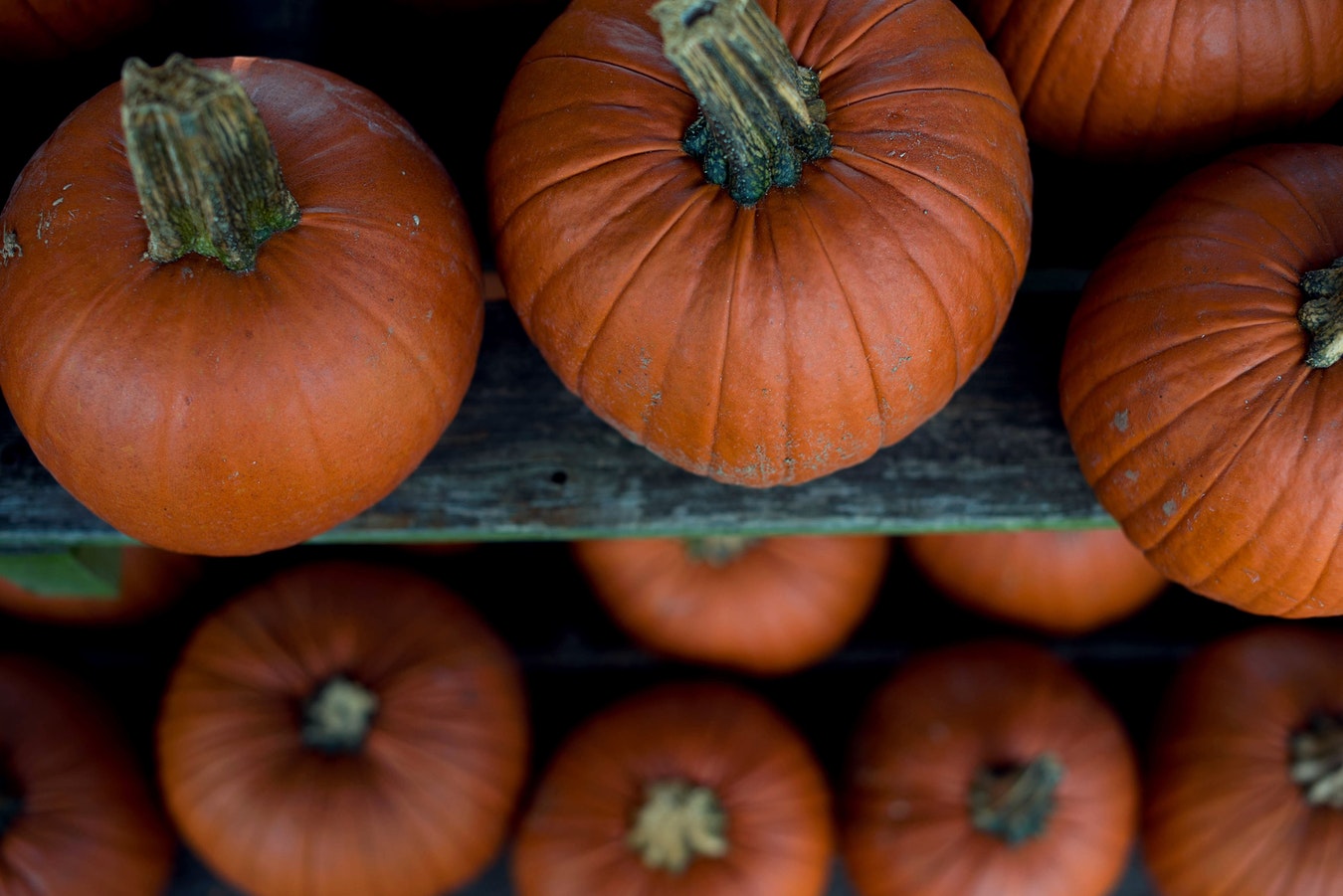
Pumpkins
Pumpkins are by far one of the most underestimate foods – perhaps because they’re not green? But they’re so good for our eyes, hair, skin, muscles, and pretty much everything else, because they’re very high in numerous vitamins and minerals. Pumpkin seeds are also a great and flavourful addition to dishes, adding protein, iron, and zinc.
Clearly, pumpkins require space for growing, but they’re definitely worth it. Be careful, however, because these are extremely tender plants, so wait until all danger of frost has passed and then plant the seeds directly into the ground. They require very rich, well-drained soil and plenty of watering. When watering pumpkins (about one inch of water weekly), it’s important to have a flexible garden hose which will allow you to water the soil and keep the foliage and fruit dry to avoid rot and diseases from dampness.

Blueberries
Another nutritional superstar, blueberries are famous for their richness in antioxidants and flavonoids, as well as their anti-inflammatory properties. They’re a renowned “brain food” and hold claims to lowering the risk of heart disease and cancer (which makes sense because they contain more antioxidant nutrients than the majority of fruits and veggies).
One thing to note when it comes to growing them in your own garden is that birds love them as much as we do, so you’ll need to prepare protective netting for the bushes. It is recommended to grow blueberry bushes in containers because that will make it easier to protect them from birds and pests, plus they will be easier to harvest and more disease-resistant. Use a large container, acidic soil (pH between 4 and 5) and plant a blueberry bush inside, covering the top layer with mulch. Blueberries prefer the sun and moist soil.
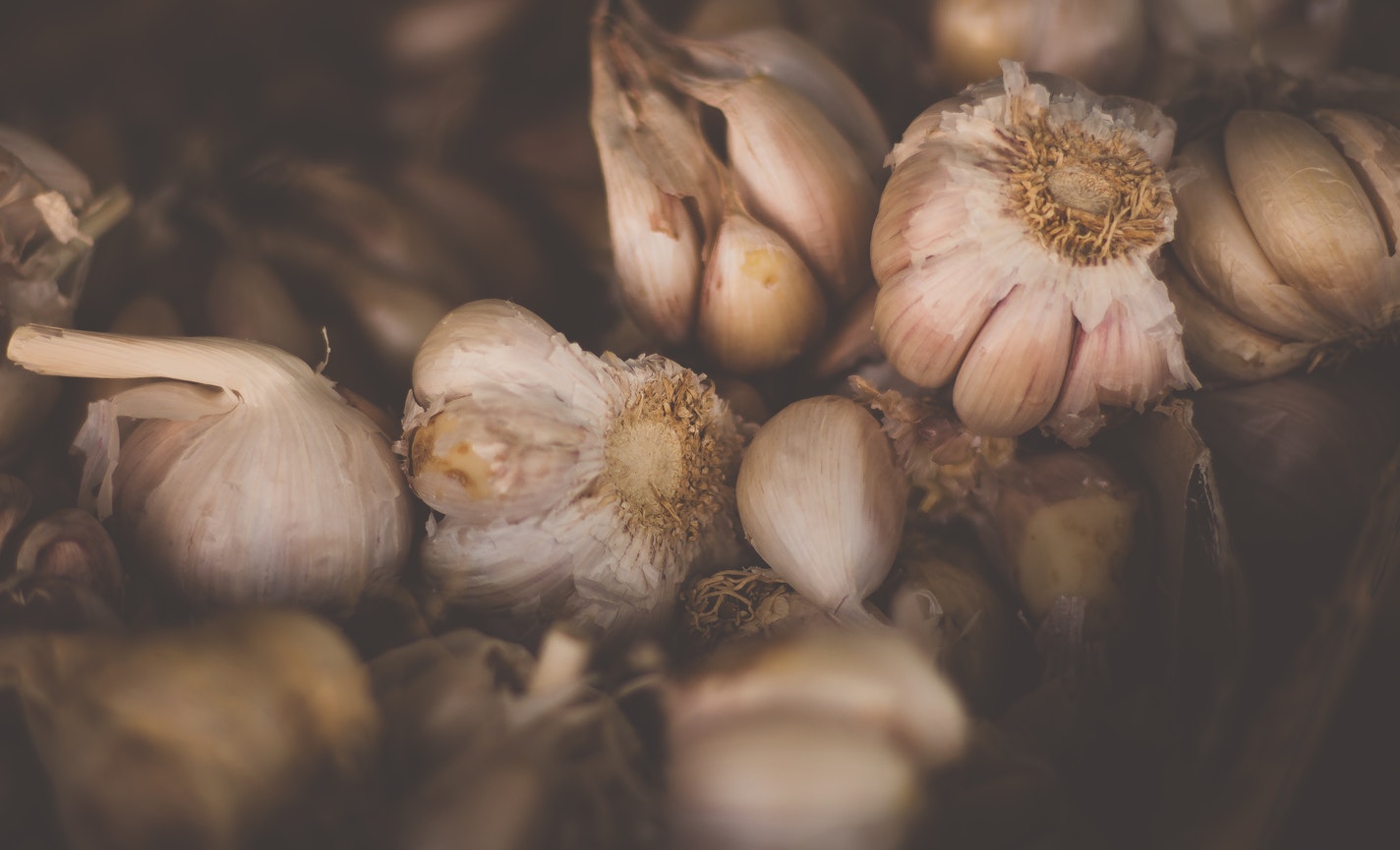 Garlic
Garlic
Garlic is a true superfood with amazing anti-inflammatory and anti-cancer properties. A wonder of nutrition, it has been used as medicine for centuries, and the list of its proven benefits goes far and wide. Its culinary uses can go beyond just seasoning, and in the garden, it’s a great natural insect repellent.
Garlic is easy to grow and frost-tolerant. You can plant it in the spring but it’s commonly recommended to wait until fall, because fall planting provides bigger and more flavorful bulbs next summer at harvest. The most important and number one tip of garlic planting regards the very first stage: do not plant cloves from your local grocery store, but rather order cloves intended for planting from a seed company or local plant nursery. There are numerous varieties of garlic, and the one in your grocery store is unlikely to be suited for your area, plus they are mostly treated to prolong shelf life.
These are some ideas to start out with, and you can always expand with time. All leafy greens are generally easy to maintain and packed with nutrients, so you can add them to your garden of superfoods in any way you like. Essentially, all fruits and veggies are healthful and important; combine them with these mighty powerful ones, and you’ll be eating healthfully like never before – and all from your own garden!
Below are some items from Amazon to help you start your very own Backyard Superfood Garden

Ron Wolfe
Ron Wolf is studying to become a civil engineer by day and enjoys blogging by night. His first contact with construction and home improvement was when he worked with his father during summer breaks at his construction company in Australia. And since his mother was a landscape artist he got the whole package.

